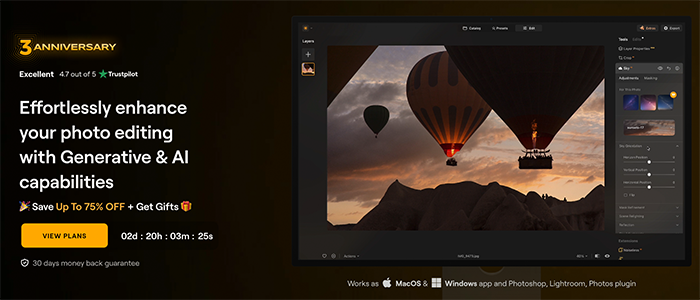New low price on the PGYTECH 10GBps Type A and SD Card Reader

The super versatile PGYTECH card reader got a 20% discount on Amazon (Click here).
More hot deals:
- You get the 4-Pack Airtags for $64 only at Amazon (click here). I use them to track all my gear with these tools.
- OWC 960GB T4.0 generation Type A card for the lowest price ever on Amazon (Click here). You also save big on the 480GB and 240GB cards
- Lowest price ever now on this Sony TOUGH Sd card sold by Amazon (Click here).
- $70 discount on the Kingston 1TB SD card sold by Amazon (click here).
- Until 30 March, you can save 30% on your Luminar purchase (click here) when you use our checkout code ‘SAR30’.
- The Samyang/Rokinon 135mm f/1.8 FE lens now sells for its lowest price ever at $622 on Amazon and BHphoto.
- Alphagvrd launched this new E-mount sensor cap with built-in Airtag support. You can preorder it now (Click here) with a 15% discount using the checkout code “Creative Weapon”.





 x
x